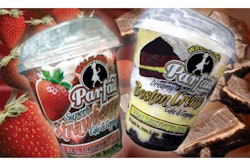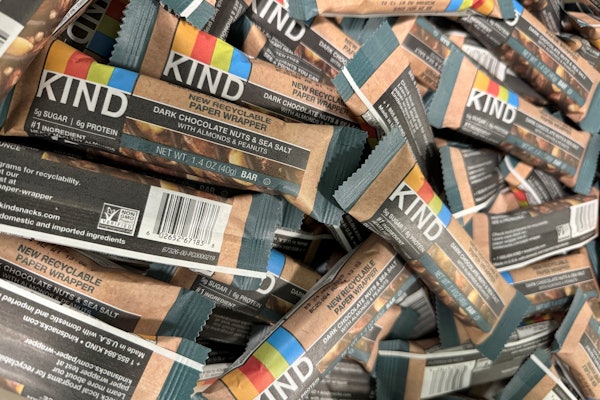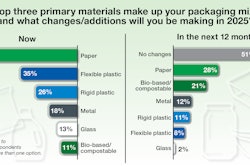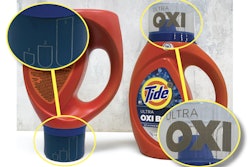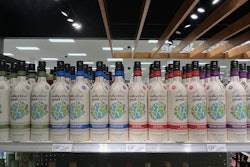
Now, links to extended data systems, often based on 2-D QR codes or even on image-recognition software, give customers access to extensive “live” information about products through phone-accessible web pages, online ordering sites, and consumer-generated media.
Information now incorporated into packaging may include individual package identifiers, authentication codes for commonly counterfeited pharmaceuticals, and content look-up systems (such as whereismymilkfrom.com) to determine where products are processed. Package information also enables customers to use their phones in-store to find information about the product, check competing prices and locations, access reviews of the product, and place orders.
Because of this new link between packaged goods and online information, customers’ experience and interaction with packaging are undergoing radical and unprecedented change. Brian Haven of Forrester Research has described a radical shift from the traditional marketing funnel that used to be used to bring customers from awareness to brand loyalty. Emerging now is a more complex system that includes an entire peer group of customers giving continuous, real-time analysis of the product. While this means a product can be a worldwide hit overnight, it also means that product faults and consumer dissatisfaction are globally disseminated in an instant.




